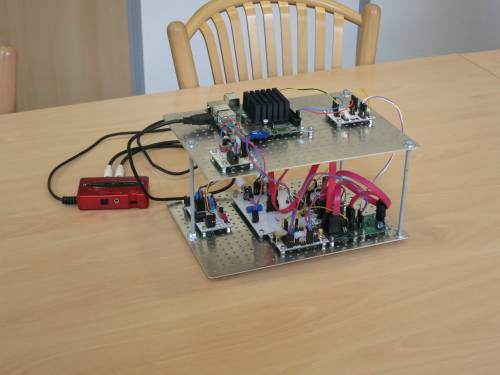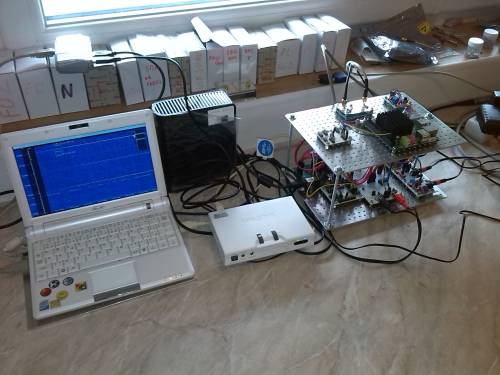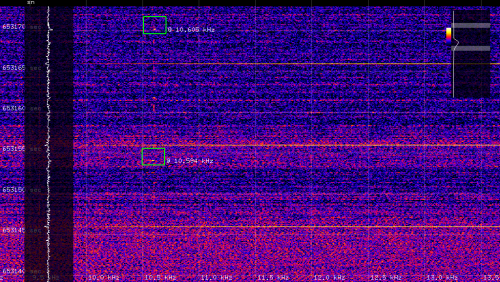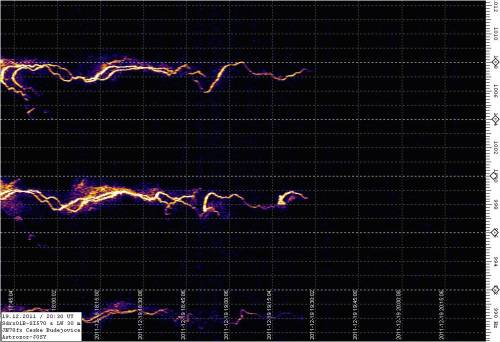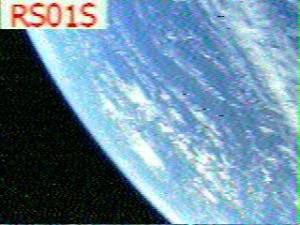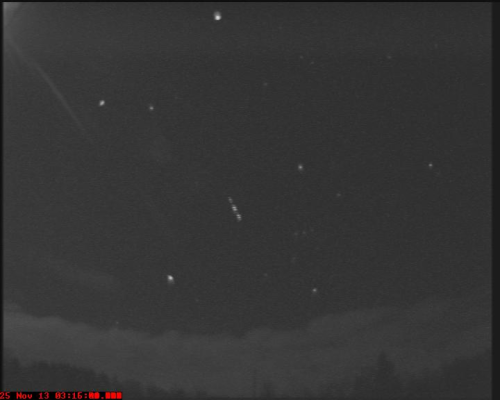Obsah
ESA Summer of Code in Space 2014 - Idea List
en is open-source hardware and open-source software project which makes effortless design and construction of various measurement devices available for scientific purposes. There already exist several space and astronomical measuring instruments in MLAB project. The Czech Astronomical Society is also involved due to the quality of data captured by our instruments and sets up a data storage server space.astro.cz for data collection from measuring stations. We want to improve our designs by software development supported by European Space Agency.
Ideas
- Expand existing station-based measurements to cooperative sensor network overcoming professional astronomy measurements.
- Design algorithms and implement technology for astronomy observations management on distributed sensor network.
- Extend existing systems for easy implementation to whole EU region.
Radio meteor detection system
RMDS02C and its predecessor RMDS01 is a SDR receiver system designed primarily for radio detection of meteor trails. It's advantage over other designs is a high performance software defined receiver and completely open-source design, which brings advanced signal processing of radio images for everyone. This system now has several detection stations (see the map) in the Czech Republic and Slovakia. But technically it is intended to expand to other European countries.
Detection station software Installation package
For data acquisition we are using our open-source software radio-observer which reads input from SDR receiver and generates FITS files with raw signal recording and stream of events connected to visualization software PySDR for on-site interactive visual inspection.
The radio-observer application was developed with a support of ESA and now is deployed at new stations of the newly established Bolidozor detection network.
Expected results
Consistent software package (ideally .deb installation file) which will be able to install necessary software for detection and collection of meteor signals for new measurement stations in the network.
Difficulty: medium Importance: high.
Visualization software
Implement new features and algorithms to PySDR software package for live 3D meteor visualization in astronomical observatories conference rooms.
Better HTML5 interface should be developed for live inspection of the received stream by many concurrent users over the internet.
Expected results
Single package which will be able to install software needed for viewing and processing of meteor signals collected from measurement stations over internet.
Difficulty: medium Importance: medium. Finish the HTML5 and OpenGL GUI for watching live streams, implement interactive elements. Optimize for use with mobile devices (tablets, smartphones). Ability to learn and use third-party libraries necessary to implement the solution (CFITSIO, libfft, libusb, …)
Station maintenance software
Measuring station is a complex computer based system which needs internal self checking, failure detection, calibration and continuous maintenance of data collection. A software to carry out these tasks is required. It should generate reports concerning station health and upload these files to the data server.
Expected results
Set of software scripts for performing station maintenance tasks with simple visualization of system states on station's local display.
Difficulty: easy Importance: medium. Knowledge of scripting languages is necessary to implement the solution (Python is preferred). Ability to use/learn to use basic development tools (IDE, version control software, issue tracking systems).
General purpose radio-astronomy station software
Radio-observer should be used for other radio astronomy measurements using our designs of Basic or Advanced radio astronomy stations or well known Small Radio Telescope design
Knowledge prerequisites
- Basic knowledge of signal analysis
- Good math skills, at least the knowledge what Fourier transform does.
- Knowledge of the most frequently used data structures and algorithms, networking and thread programming.
Solar flares detection station
Combination of radio-observer with the Basic radio astronomy station design brings opportunity to detect radio bursts exited by solar flares. These data are useful for Heliophysics. However, a solar radio burst is weak compared to the local man-made noise and signal must therefore be cleared of this noise before the detection and classification.
Expected results
Set of software scripts constructed as plugins for radio-observer software. These scripts should implement signal purification in various radiotelescope designs.
Difficulty: hard Importance: high. Knowledge of scripting languages is necessary to implement the solution (Python is preferred). Ability to use/learn to use basic development tools (IDE, version control software, issue tracking systems).
Cubesat automatic reception station
Scalable design of our software defined receiver gives opportunity to use multiple antenna array for signal reception from Cubesat satellites. Cubesat development teams around the word are limited by signal reception from their home stations or by volunteers who contribute by received data sets. These amateur LEO satellite reception methods can easily be improved by the use of multiple fixed antenna array and beam-forming algorithm on reception station.
Expected results
Set of software scripts constructed as plugins for radio-observer software for beam-forming algorithm application in multiple antenna array systems.
Difficulty: hard Importance: high. Knowledge of scripting languages is necessary to implement the solution (Python is preferred). Ability to use/learn to use basic development tools (IDE, version control software, issue tracking systems).
Video meteor detection system
Several projects of visual meteor detection software currently exist. But neither is open-source and all of them have poor results and large false positive detection rates. We need a high quality video meteor detection system for evaluation of our radio meteor detection metods.
Video data will be collected by our design of visual meteor detection station (VMDS01A) (part of our project). Meteor trails within these video data have to be detected in real-time. Meteor trails must be interpreted in physical context (meteoroid explosions, trail clouds coveradge, etc.). Following this, geometric parameters can be delivered and orbit parameters can be calculated.
Expected results
Design and implement reliable algorithms for real time meteor detection from video data. Algorithms for distinguishing of different types of meteors are welcomed.
Difficulty: hard Importance: medium. Knowledge of programming languages necessary to implement the solution (C/C++ preferred for performance reasons). Ability to use/learn to use basic development tools (IDE, version control software, issue tracking systems).
Contact
For further information we strongly recommend to contact the project coordinator Jakub Kakona (kaklik@mlab.cz)
Pokud navíc umíte český jazyk, tak je vhodné si též prohlédnout českou verzi stránky.
